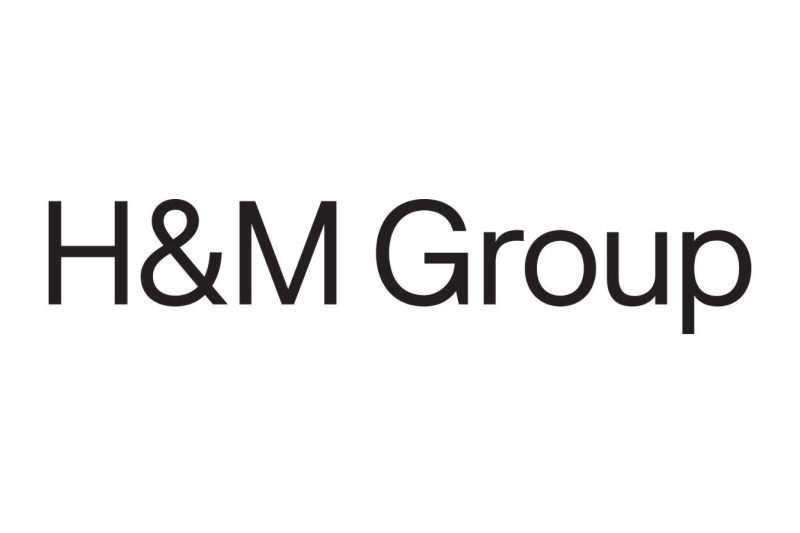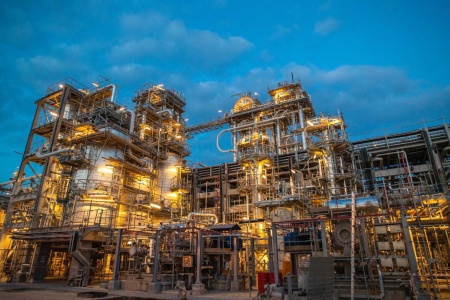
The SBTi’s Corporate Net-Zero Standard revision: Our objectives and how you can get involved
1st Nov 2024
Chief Impact Officer Tracy Wyman explains the objectives of the SBTi's Corporate Net-Zero Standard revision and how you can provide feedback on the upcoming draft.
More than 1,200 companies now have SBTi-validated net-zero targets in line with our Corporate Net-Zero Standard (CNZS). Released in 2021, this flagship Standard enables companies worldwide to set credible and verifiable targets aligned with science.
Now we are working with a wide range of partners and stakeholders to revise and improve the CNZS, with the aim of releasing a CNZS version 2 (V2) in early 2026. We will be proposing a number of exciting changes which we’re looking forward to getting your views on in the public consultation next year.
More details on the timeline and process for the CNZS V2 can be found in the Terms of Reference. This includes the fact that our Technical Council must review and approve the draft before we go out for public consultation, so be aware that the timeline may be subject to change.
But if the CNZS V1 has been so well adopted, why do this revision at all? And what are its main objectives? To find out more, read on or watch my video below.
Why are we revising the CNZS?
Our Standard Operating Procedure, which describes the established process to develop or revise our standards, states that a standard should be reviewed every 1-5 years to “ensure and improve its continuing relevance and effectiveness in meeting its objectives”. So the CNZS is due a revision.
Here at the SBTi, we see this as an exciting opportunity to take on board the stakeholder feedback we have gathered since the CNZS V1 was launched in 2021, as well as the huge developments in climate science and standards over the past few years.
The revision of the Standard gives us the chance to further develop our approach to critical concepts such as target achievement, value chain (scope 3) decarbonization, and neutralization. Confused about what some of that means? Check out our Net-Zero Jargon Buster for a comprehensive breakdown of some of the key terms we’ll be using.
What are the objectives of the CNZS revision?
The SBTi has four key objectives for the revision:
- Align with the latest science and best practice
- Enable continuous improvement and assessment of target achievement
- Improve value chain target setting
- Enhance structure and interoperability
Let me explain more…
Objective 1: Align with the latest science and best practice
Since the CNZS V1 was launched, there have been significant developments in climate science and standard-setting best practice, and the CNZS V2 must reflect that.
For example, 2023 saw the publication of the IPCC’s Sixth Assessment Report. This synthesis of the latest research from the world’s top climate scientists outlined the current state of global heating and included top-level recommendations on what needs to be done to prevent the worst impacts of the climate emergency. Indeed, over the past few years, our collective understanding of climate change and our contribution to it has developed rapidly, and it is essential that the CNZS V2 considers that research.
At the same time, we’ve seen many changes and developments to climate-related standards, frameworks and regulations. For example, in 2022 the United Nations High Level Expert Group (HLEG) released a report on the Net Zero Emissions Commitments of Non-State Entities, which provided recommendations for businesses making net-zero commitments. These types of reports are also essential in informing our thinking on how to develop the CNZS.
Objective 2: Enable continuous improvement and assessment of target achievement
When the CNZS V1 was launched in 2021, our focus was on the urgent need to create a science-based definition of net-zero for companies, and to release a Standard they could use to set net-zero targets. We are now adding an important focus on measuring progress against targets to ensure companies continue to align their progress to their science-based net-zero goal.
The SBTi highly values accountability and transparency - we want to know that our standards are driving real action. We also know companies want to show their achievement of their targets in a transparent and accurate manner. Equally, stakeholders like investors, NGOs and the general public want to be able to track the progress of companies with science-based targets to help them make decisions and hold them accountable.
That is why we are looking at introducing a ‘continuous improvement’ mechanism to check companies’ conformity with SBTi standards over defined target timeframes. As part of measuring progress against targets, we are also looking at what practices count towards target progress and achievement, and we are actively researching how environmental attribute certificates (carbon credits, electricity certificates, other energy attribute certificates, and commodity certificates) might be used to contribute to the global net-zero goal.
This objective also includes a consideration of how we can improve requirements related to measurement, verification and reporting.
Objective 3: Improve value chain target setting
Value chain emissions, also known as scope 3 emissions, can be challenging to measure and abate. This is because they occur in a company’s value chain, within multiple suppliers and customers that are often difficult to identify and influence. Consequently, companies cite addressing value chain emissions as one of the biggest barriers to both setting and achieving science-based targets.
However, value chain emissions are essential to consider in any net-zero target as they often make up the largest part of a company’s overall emissions. Recent CDP research found that scope 3 emissions are, on average, 26 times that of scope 1 and scope 2 combined.
Therefore, as part of the research to develop the CNZS V2, our experts are working to update the SBTi value chain framework to make it easier for companies to set and deliver against scope 3 targets. This work has been informed by our collaboration with our Technical Advisory Group and feedback on our scope 3 paper survey.
Through this research, we are exploring:
- A more comprehensive set of tools to manage value chain emissions.
- A more nuanced approach to target-setting boundaries.
- The role of influence over emissions from suppliers or users of sold products.
Take a look at our discussion paper Aligning Corporate Value Chains to Global Climate Goals for our latest thinking on this topic.
Objective 4: Enhance structure and interoperability
Interoperability refers to the relationship between the CNZS and other relevant climate-related standards, frameworks and regulations, including our own.
The number of such standards, frameworks and regulations has been growing in recent years. They have also become more complex in order to meet the worsening climate crisis and the increasing interest from those who want to do something about it.
Thus, a key objective of the CNZS V2 is to better take into account other climate-related demands on companies, ensuring we align with other requirements wherever possible.
We are also revising the Standard’s structure, making it easier to use and improving the target-setting and implementation experience for companies.
Stay in the loop
As you can see, the SBTi has big plans for the CNZS V2, and we are looking forward to sharing the first draft with you all in the coming months. We will open a public consultation on the draft in early 2025, and will be gathering feedback for at least 60 days. We can’t wait to hear what you think.
Alternatively, if you have any feedback on any of the information above or any CNZS V2-related documents, you can send us your thoughts via our project stakeholder feedback form at any time.
If you would like to find out more about CNZS V2 Objectives, join us for our webinar: SBTi’s Corporate Net-Zero Standard Revision: An Overview. This will take place on November 20, 2024, at 10am CET/4pm HKT and 10am EST/4pm CET.
You can find all relevant documents and stay up to date with the latest news on this project by checking our Developing the Net-Zero Standard webpage. You can also sign up to our mailing list, and join us on X and LinkedIn to make sure you don’t miss a single step of this exciting journey.



